South Korean authorities have announced an immediate safety inspection of all Boeing 737-800 aircraft operated by the country’s airlines following the deadly crash of a Jeju Air flight that killed 179 people.
The tragic incident, which took place at Muan International Airport, has left the nation reeling and raising questions about the safety of the widely used aircraft model.
The Jeju Air plane, on its way from Bangkok, initially aborted its first landing attempt before being warned of a potential bird strike on the second approach. Shortly after, the pilot issued a distress call. The aircraft landed without its front landing gear deployed, veered off the runway, and struck a concrete wall, erupting into flames.
Alan Price, a former chief pilot for Delta Air Lines, emphasized that the Boeing 737-800 is a reliable and proven aircraft, distinct from the Boeing 737 Max, which was grounded globally following fatal crashes in 2018 and 2019. However, the incident has prompted South Korea’s Transport Ministry to review safety protocols, with plans to inspect all 101 Boeing 737-800 aircraft in operation nationwide.
Jeju Air, South Korea’s largest low-cost airline, operates 39 of these aircraft. The Transport Ministry also announced a broader safety review of the carrier’s operations to ensure no systemic issues contributed to the crash. Senior ministry official Joo Jong-wan confirmed that representatives from the U.S. National Transportation Safety Board and Boeing are en route to South Korea to assist in the investigation.
Authorities are also investigating the airport’s infrastructure, specifically the concrete perimeter near the runway. Joo noted that similar concrete barriers exist at other domestic airports, including Jeju Island, Yeosu, and Pohang, as well as airports in the United States, Spain, and South Africa. The investigation will determine if lighter materials could have reduced the severity of the crash.
The possibility of hydraulic failure has also been raised. Video footage suggested that the pilots did not deploy flaps or slats, which are essential for slowing the plane during landing. Additionally, the failure to manually lower the landing gear points to a potential mechanical issue, though investigators stress it is too early to draw conclusions.
In a concerning turn of events, another Jeju Air Boeing 737-800 returned to Gimpo International Airport shortly after takeoff on Monday due to a landing gear issue. The pilot detected the problem and decided to return as a precaution. While the issue was resolved, authorities are now investigating whether communication breakdowns between air traffic control and the pilot may have contributed to the incident.
South Korea’s Transport Ministry confirmed that the plane’s black boxes have been sent to a research center at Gimpo Airport for analysis. The full investigation is expected to take several months.
This crash marks South Korea’s deadliest air disaster since 1997, when a Korean Air flight crashed in Guam, killing 228 people. In response, the government declared a seven-day national mourning period, underscoring the gravity of the tragedy.
Families of the victims have urged the government to expedite the identification process, as many of the bodies were severely damaged in the fire. Park Han Shin, a family representative, called on the government to mobilize more resources to return the victims to their loved ones as quickly as possible.
As South Korea mourns, aviation experts and officials are left grappling with how to prevent such disasters in the future, hoping that rigorous inspections and safety measures will ensure the skies remain safe for all.

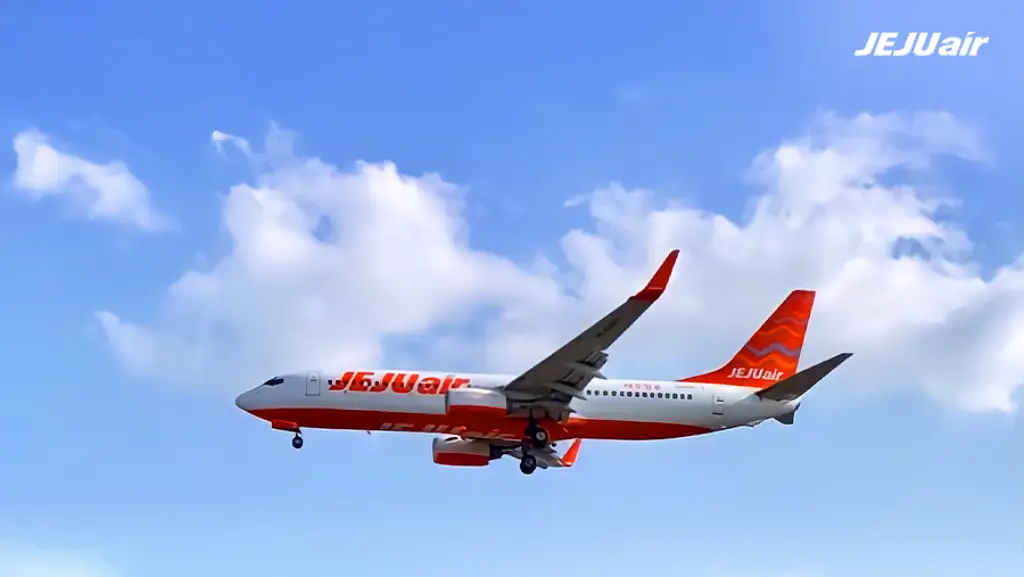


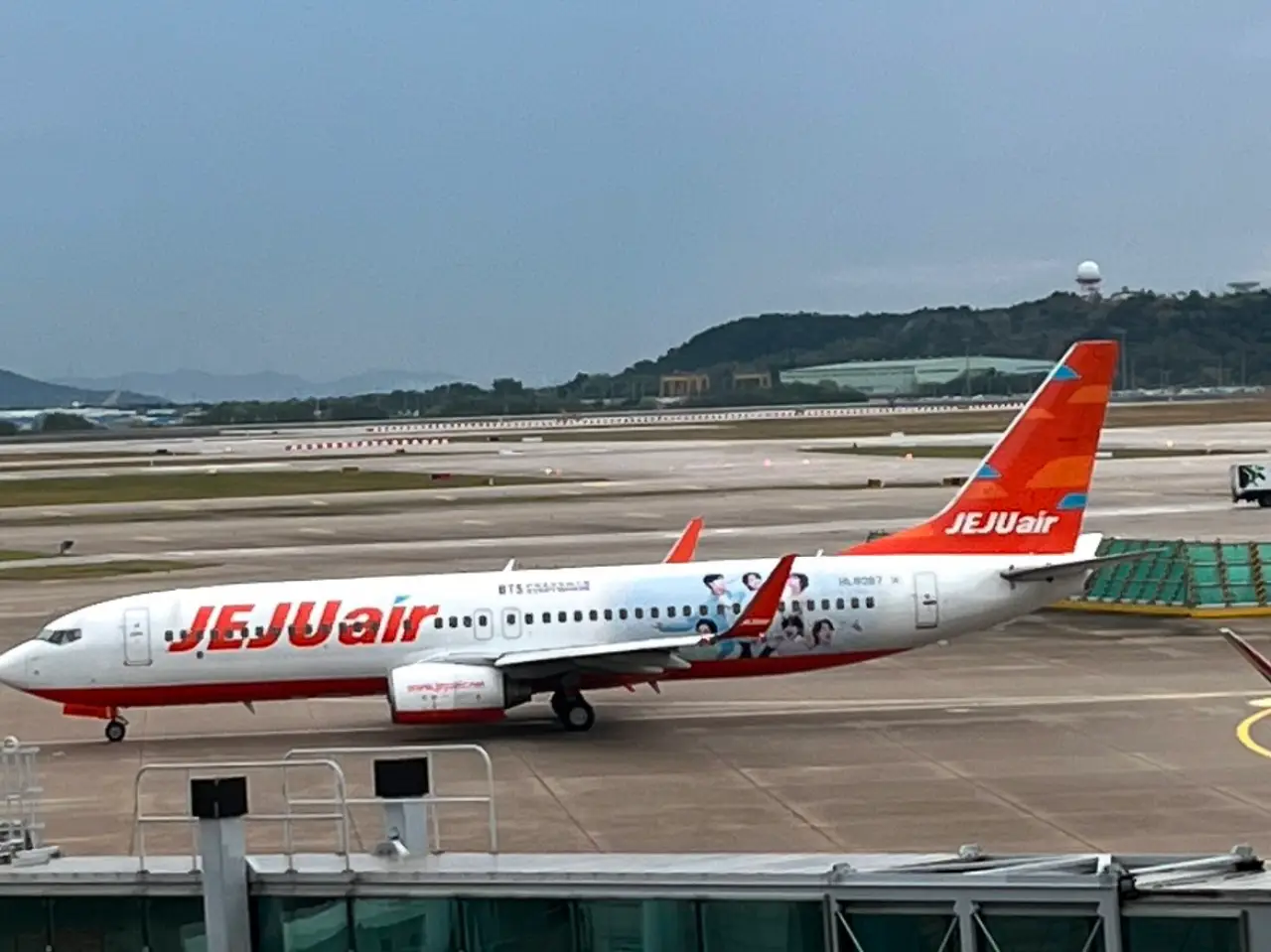
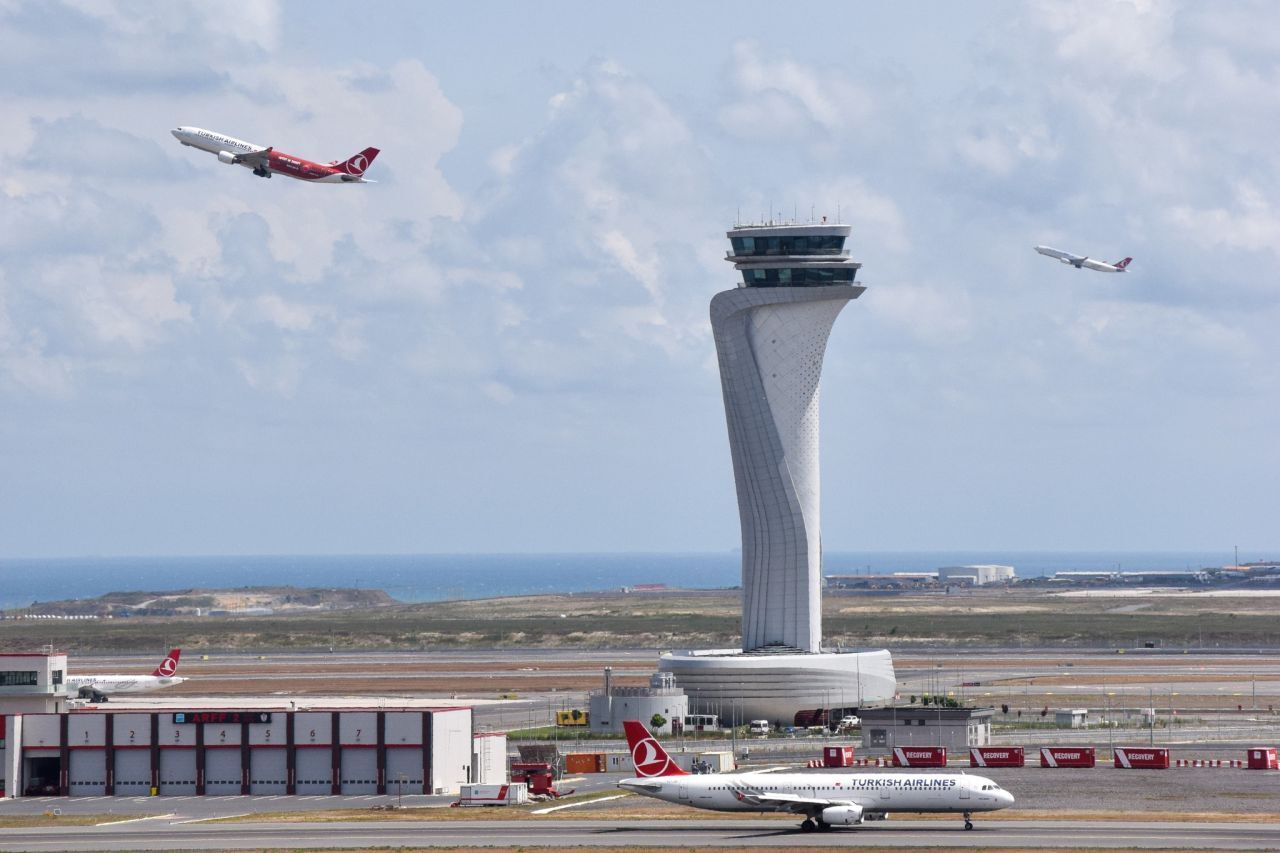


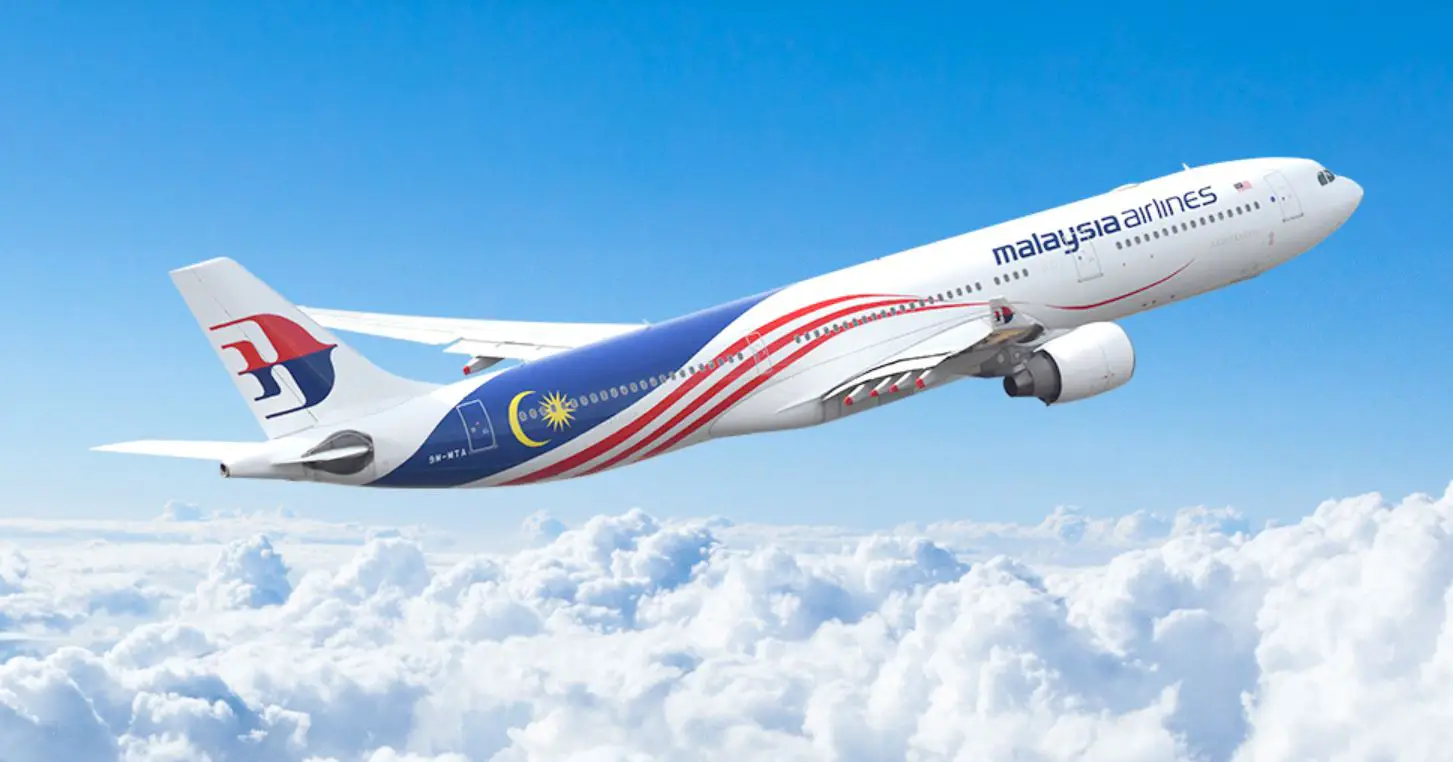
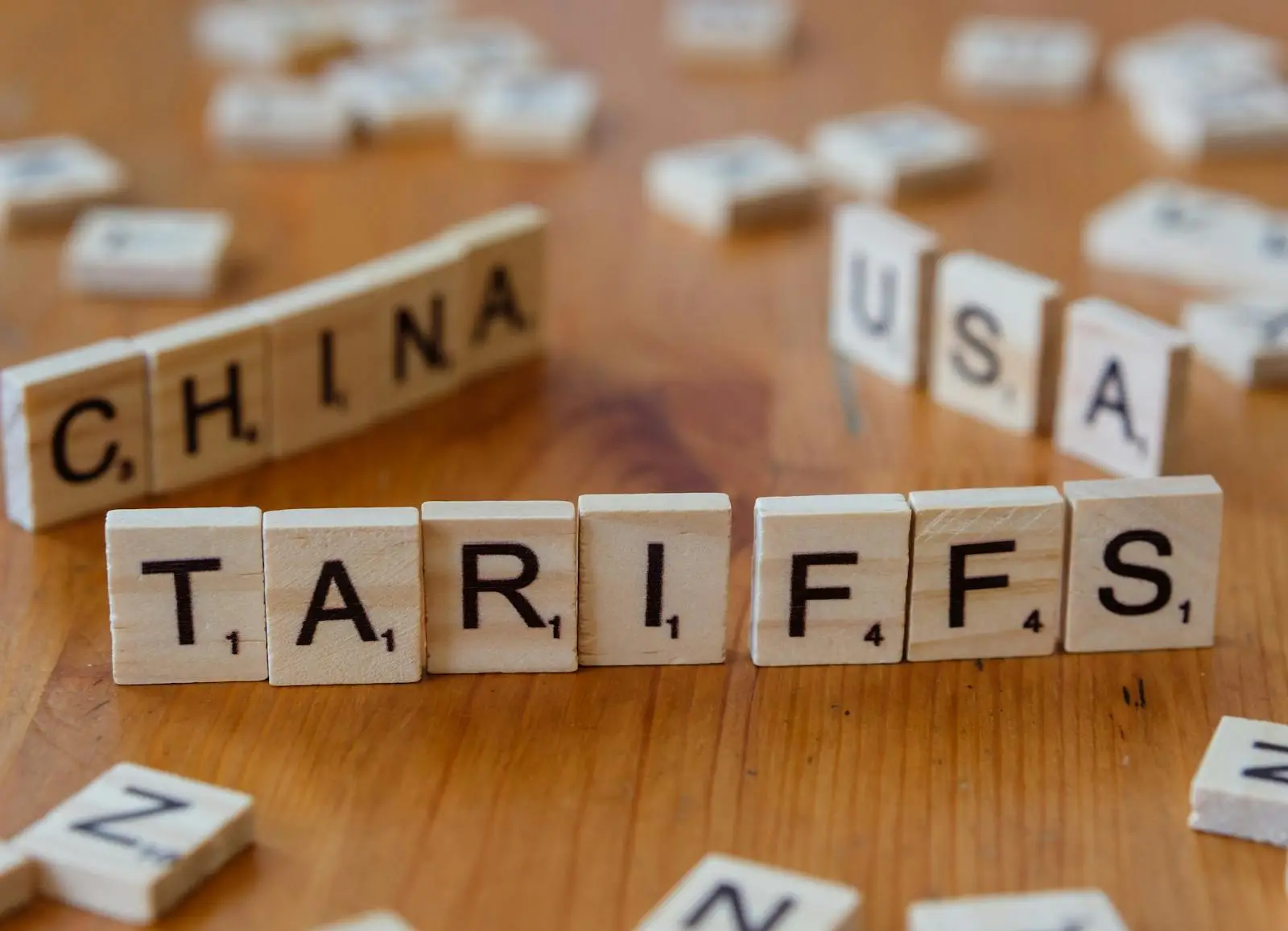
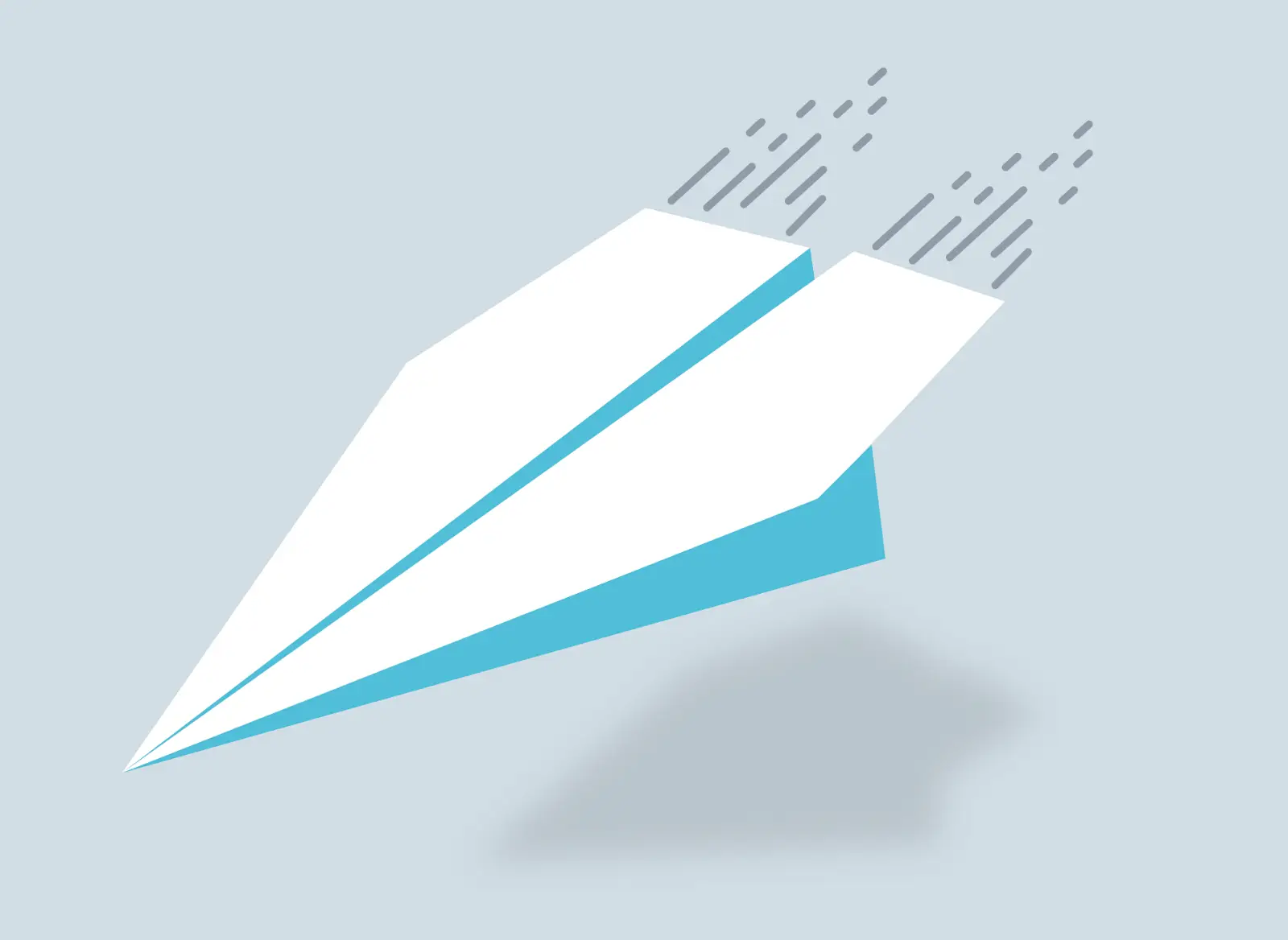
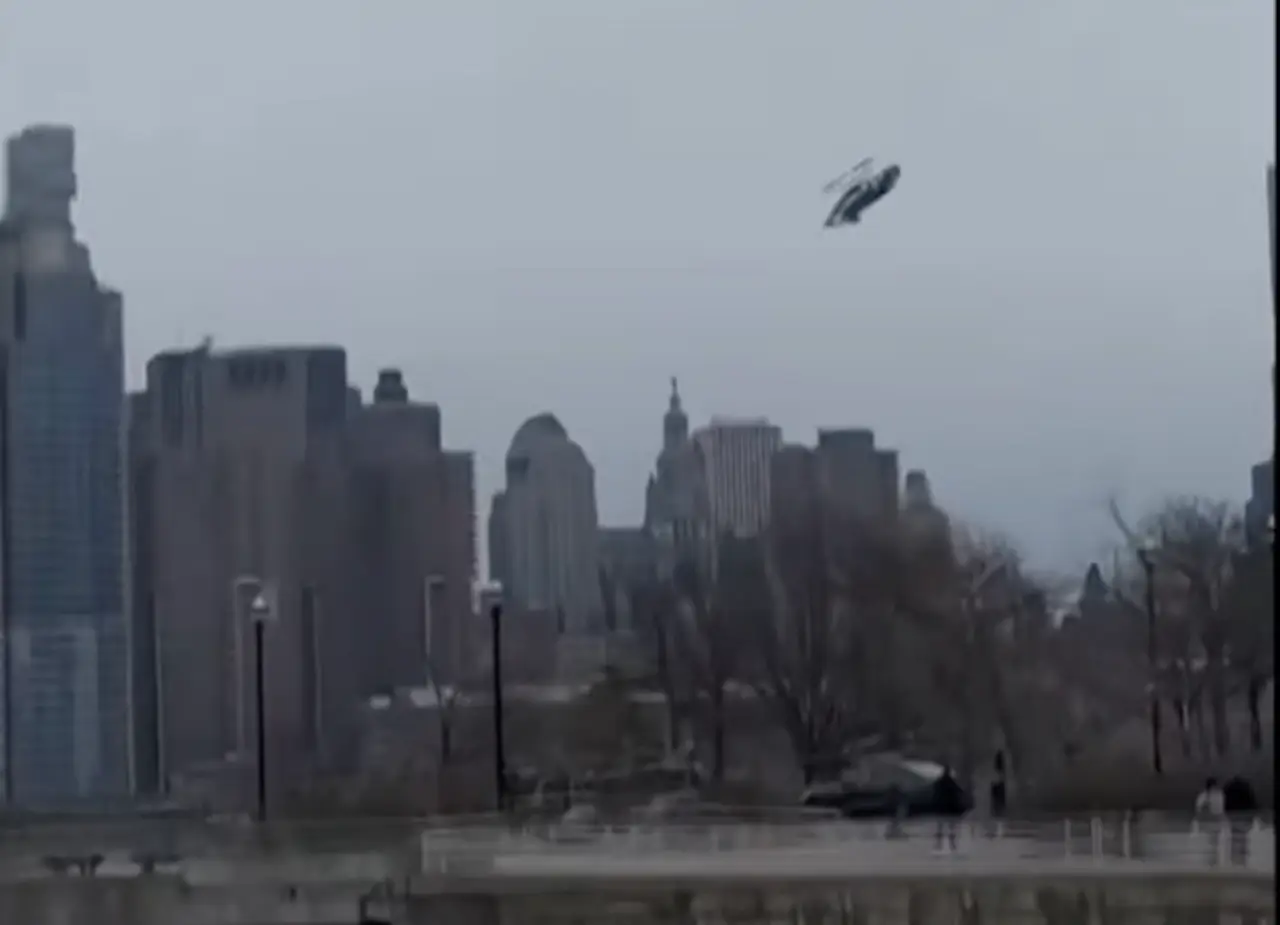

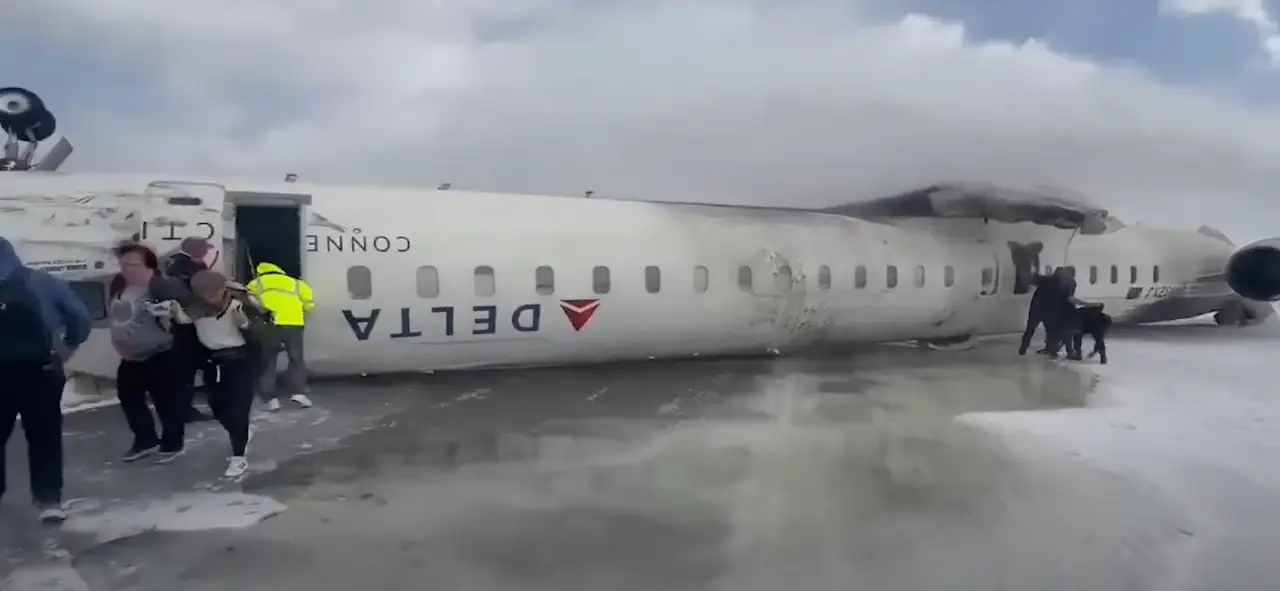
Crew initially attempted to land using Runway 1 in Muan. One ground observer reportedly stated that the Jeju Air 737 flew through a flock of birds during this first approach. A number of popping sounds came from the aircraft’s engines after it hit the birds. Its landing gear was extended at this time.
The flight crew went around and declared a MAYDAY soon afterwards. At this time, it is not clear how much damage the Jeju Air 737 suffered after hitting those birds. However, its pilots soon decided to immediately return to land on runway 19, i.e. the other end of the runway.
An uncontained failure in one of its engines might have caused extensive damage to the landing gear, flight controls, and engine controls.
Both engines could be locked in full thrust from the go around, landing gear is retracted, flaps stowed and the aircraft gains speed and altitude but then it appears that the pilots were unable to deploy the landing configuration due to uncontrolled thrust as the flaps, slats because gear would be ripped off above a certain speed.
What is clear is the pilot chose to put the plane on the ground as quickly as possible, which is ideal when losing hydraulic fluid and subsequent control of the aircraft. One major contributing factor is the concrete wall that should never have been there! I have no doubt that if a collapsible antennae was installed as it should be, more people would be likely alive today.
-Nalliah Thayabharan